Distroid Issue 24
1. Introduction
Thank you for reading Distroid!
Distroid is a curated newsletter helping you understand the frontiers of technology, science, and society (i.e., internet and society, network society), with an emphasis on human-centric futures (i.e., human-compatible futures, ethical futures).
This monthly newsletter covers notes from our curators, headlines from our curated list of news, research, events, tools, and more, and access to our complete curated list (for paid subscribers only).
Issue 24 contributors:
Charles Adjovu, Ledgerback Digital Commons Research Cooperative, Curator & Editor
2. Outline
Introduction
Outline
Notes
Tweets
Poll: What are your thoughts on this Issue?
Database (paid subscribers only)
3. Notes
Building Online Communities
In Community with Ramses Oudt, the hosts, Mark and Adam, of the MetaMuse podcast, chat with Ramses Oudt, Head of Community at Logseq, about community-building in online communities, with an emphasis on knowledge-sharing communities.
I really liked this episode because Ramses’s discussion of community gave me some insights applicable to Decentralized Autonomous Organizations (DAOs) and other online communities in general. Additionally, this episode reminded me of Howard Rheingold’s work covering the emergence of online communities in the 1970s/80s, and why they form/persist.
Ramses mentioned some good points about communities that I summarized below.
community is not a moat or defensibility against competition
people stay in communities because of the psychological need for:
identity, and
mastery
for a community to survive, it needs:
an influx of fresh insights (a welcoming place for new people, i.e., non-toxic)
a sticky product (product that delivers actual value to a user)
Tips for building a good community
The product owner must recognize that the community is for the users, not for the product owner
The product owner should actively involve the community in testing new product features
The product owner should curate knowledge about the product from the community (or make a knowledge-base)
The product owner should not silence criticism of the product and instead, should use the criticism to improve the product
I really liked Adam’s comment approximately thirty-one minutes into the podcast (Mark has a similar comment approxiamtely thirty-five minutes into the podcast) that the lack of documentation for Roam was actually a driver for the development of a community. This comment reminded me of Howard Rheingold on Predicting Technology’s Future.
Specifically, these two passages:
It was pretty obvious even back in The WELL. You got a group of people together, you could solve problems together online. Going back to Engelbart. Engelbart was not primarily interested in hardware and software. He was interested in, — and he used these words, “increasing the collective intelligence of organizations,” collective IQ, he called it.
I learned, if somebody has a question and I have the answer, even if I don’t know that person, doesn’t cost me anything to give them the answer. Well, if you get several hundred people together who have different kinds of expertise and they all do that, suddenly, everybody is empowered. But you know what, people aren’t gonna give you answers unless you give answers yourself. I think anybody who is in a support group online knows about that.
because these passages focus on the reasons why online communities form, building an online reputation in a community, and why people share knowledge online.
Ramses mentioned approximately forty minutes into the podcast an interesting point about how an open source community can sneak up on a developer(s) by creating their own un-official channels. Adam gave an example with Notion and TikTok.
Ramses also mentioned user segmentation approximately forty-eight minutes into the podcast, and how important it is for an open source project to segment its users from its developers because they have different focuses regarding the product.
An interesting point approximately an hour into the podcast by Mark and Ramses it is now possible to carve a career path from continual participation in an online community (i.e., building an online reputation or social capital). I found this part fascinating because I hear similar sentiments in Web3 (especially Web3 x Education projects like Rabbithole and DAOs in general) and open source projects, and I think it makes for an interesting alternative for getting involved in projects or products you are passionate about.
Highlights
N/A
Related/Additional Readings
Notion Reaches $10 Billion Valuation, Boosted By Remote Work — And TikTok
How contributing to open source can help you land your first job
Patagonia’s Exit to Purpose
In Earth is now our only shareholder by Yvon Chouinard, Chouinard describes how and why Patagonia is transitioning it’s ownership to a Perpetual Purpose Trust (i.e., a Steward-owned entity). The new owners of Patagonia are the Patagonia Purpose Trust (holds all of the voting stock) and Holdfast Collective (holds all of the non-voting stock).
An interesting note Chouinard discusses is why they did not want to sell Patagonia to another company or person. Or alternatively, to take Patagonia public on a public stock exchange market (e.g., the New York Stock Exchange).
If Chouinard and the other owners chose to sell Patagonia, there were no guarantees that the new owners “would maintain [their] values or keep [their] team of people around the world employed.”
This was also a concern also mentioned in Organically Grown Company’s transition to a steward-owned entity because of Kirin Brewing’s acquisition of New Belgium.
Truth be told, there were no good options available. So, we created our own.
This move also highlights the lack of options (or inability to match demand) and the need for ingenuity for founders and owners who want an alternative (e.g., exit to community) to going public.
Hopefully, Patagonia publicizes their transition process and prupose trust documentation so that other founders, owners and enterpenurs can learn from their example.
Additionally, I was hoping that Patagonia would consider going one step further and transition to being owned by an Employee Ownership Trust (EOT) so that the employees could also have governance and/or economics rights in Patagonia. Currently, the Patagonia Purpose Trust is guided by the Chouinard family.
Highlights
One option was to sell Patagonia and donate all the money. But we couldn’t be sure a new owner would maintain our values or keep our team of people around the world employed.
Truth be told, there were no good options available. So, we created our own.
Instead of “going public,” you could say we’re “going purpose.” Instead of extracting value from nature and transforming it into wealth for investors, we’ll use the wealth Patagonia creates to protect the source of all wealth.
Here’s how it works: 100% of the company’s voting stock transfers to the Patagonia Purpose Trust, created to protect the company’s values; and 100% of the nonvoting stock had been given to the Holdfast Collective, a nonprofit dedicated to fighting the environmental crisis and defending nature. The funding will come from Patagonia: Each year, the money we make after reinvesting in the business will be distributed as a dividend to help fight the crisis.
Related/Additional Readings
Why Employee Ownership Wasn’t Good Enough for This Organic Food Company
Exit To Community: Strategies for Multi-Stakeholder Ownership in the Platform Economy
Chouinard’s Donation Of Patagonia Is Big And Bold, But Not New
The end of employee ownership at New Belgium and why that matters
Headlines
Starbucks is partnering with Polygon to create Starbucks Odyssey, a blockchain-based loyalty program. Read more about it in Starbucks says rewards members can soon earn and buy NFTs
Note: I have waited a long time to see this blockchain use-case to go mainstream
Search for Stable Diffusion prompts with Lexica
Looking for a Web3 alternative to Zoom? Check out Huddle01
Interested in how decentralized platforms can coordinate and grow without managerial authority? Read more about this in The Future of the Web? The Coordination and Early-Stage Growth of Decentralized Platforms by Ying-Ying Hsieh & JP Vergne
Putting theory to the test. Check out A causal test of the strength of weak ties to see how Karthik Rajkumar, Guillaume Saint-Jacques, Iavor I. Bojinov, Erik Brynjolfsson, & Sinan Aral “test[ed] the extent to which weak ties increased job mobility on [LinkedIn]”
Martin and Jahed sit down with David Lidz of Streetwell in Episode 28 of The Ownership Economy to talk about creating impact with real estate through shared ownership
Learn about this amazing branch of mathematics called category theory and how it connects with language models in this talk with Tai-Danae Bradley on The Cartesian Café, hosted by Timothy Nguyen
Hear about new experiments in designing scientific institutions in Institutional Experiments with Seemay Chou, hosted by Ben Reinhardt
Find out how Mondragon became the world's largest cooperative in Nick Romero's article, How Mondragon Became the World’s Largest Co-Op
Gordon Brander supplements Molly White's discussion and criticism of Soul-bound tokens and other on-chain identity schemes in Soulbinding like a State
Laterpress announces it is sharing governance over the platform with users in Announcing user governance: Toward a community-led future for books
Note: Why not exit to community?
Adobe acquires Figma for an estimated $20 billion USD.
Note: An interesting discussion to be had here about large businesses acquiring smaller, potential competitors raising concerns about anti-trust and fair competition in the market.
The Ethereum merge is finally completed!
4. Tweets


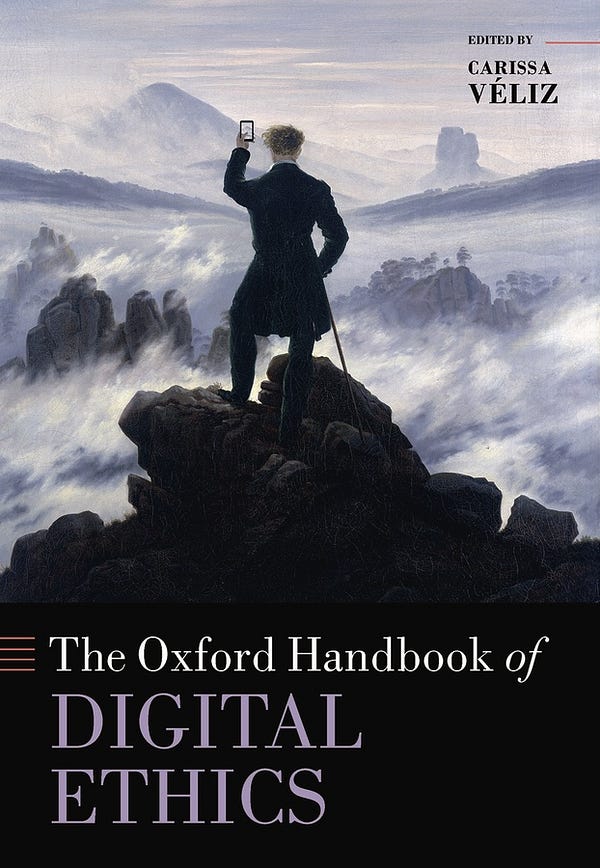










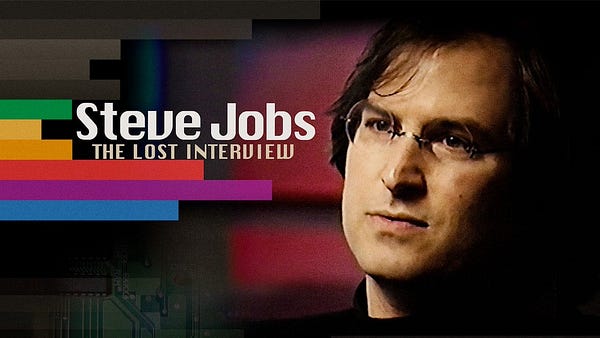




























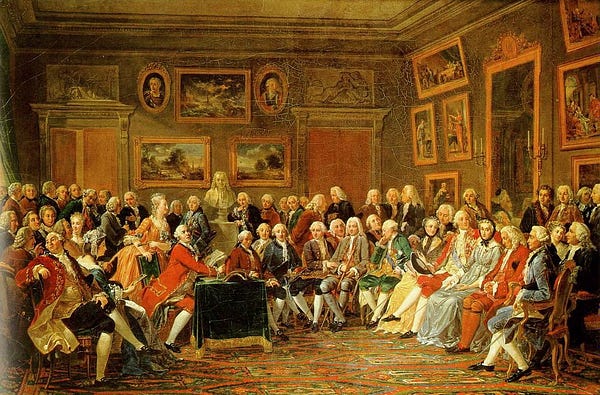







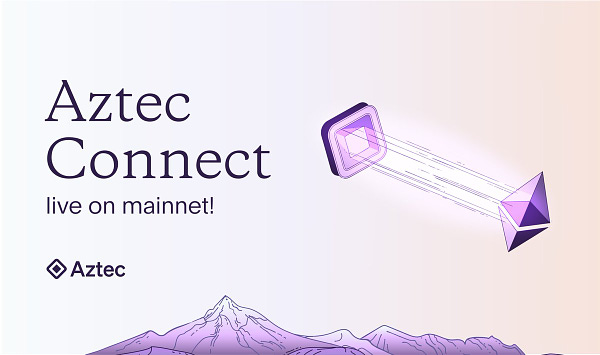



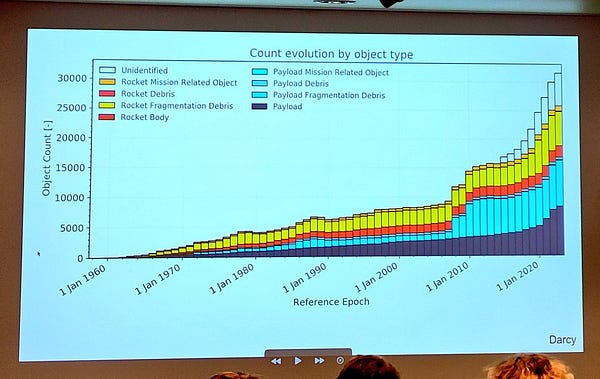
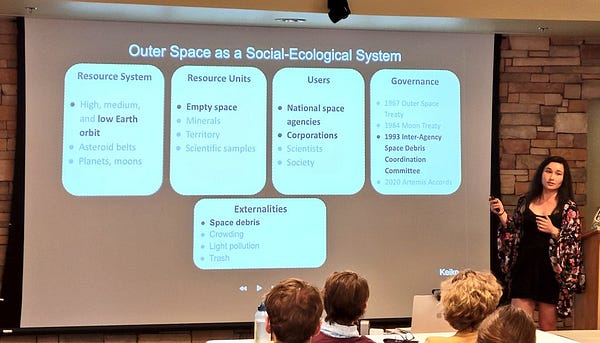
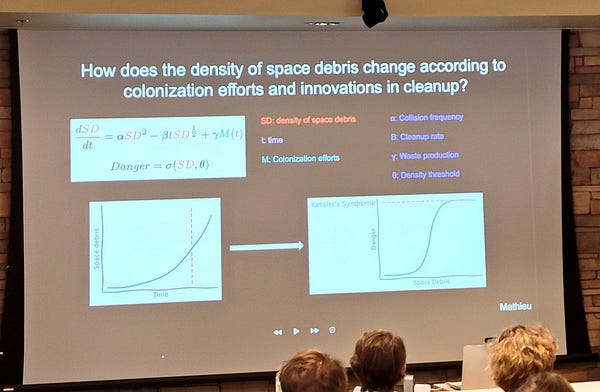
5. What are your thoughts on this Issue?
Your feedback helps us improve the newsletter. Please pick an option below and/or tell us what you'd like us to cover or see in the future.
Keep reading with a 7-day free trial
Subscribe to Distroid to keep reading this post and get 7 days of free access to the full post archives.








